Nature loves a curveball, and few pitches are wilder than eyes that pop up in places you don’t expect. Marine shells sparkling with lenses, jellyfish carrying miniature camera-like organs, and flatfish that remodel their skulls midlife – each forces us to rethink what an “eye” even is. Scientists are now mapping these visual oddities with new imaging tools and gene analyses, revealing systems built not for beauty shots but for survival. The mystery isn’t only how these eyes work; it’s why evolution chose such unusual real estate.
The Hidden Clues

Here’s the hook: a scallop doesn’t just have eyes – it can have hundreds, glittering along its mantle like a necklace of tiny telescopes. That same coastline might hide a chiton whose armored back is studded with stone lenses, and just meters away, a sea urchin uses its entire body as a dim, pixelated retina. In mangrove shallows, a box jellyfish circles roots with 24 eyes that watch for light shafts and obstacles, while giant clams line their soft mantles with pinpoint sensors that snap them shut at the slightest shadow.
Even on land, garden snails spy from the tips of their tentacles, flounders consolidate both eyes on one side as they settle to the seafloor, hammerhead sharks push theirs to the edges of a living crossbar, and horseshoe crabs stash extra photoreceptors where you’d least think to look. Nine species, nine design solutions – and one message: vision is less about a neat camera and more about a job done well in a dangerous world.
From Ancient Tools to Modern Science

Early naturalists used hand lenses and sketches to puzzle over these oddities, noting scallop “beads” and snail-tentacle eyes without grasping their optics. Today, electron microscopy, optical modeling, and gene-expression maps give these structures context, showing how photoreceptor cells, reflective crystals, and mineral lenses steer photons toward neural circuits. Researchers track opsins – the light-sensitive proteins – and discover that many of these unusual eyes prioritize contrast and motion over sharp images, a trade-off that fits life in murky reefs or sandy bottoms.
High-speed videography confirms behavior linked to these sensors: clams clamp shut at approaching shadows, box jellies thread maze-like roots, and flounders calibrate camouflage as their migrating eyes change the brain’s visual map. Even mineral optics – like aragonite in chiton lenses or guanine mirrors in scallops – are modeled with the same physics used in advanced engineering. The result is a multilayered view where ancient observations now align with hard numbers and testable predictions.
The Anatomy of Surprise
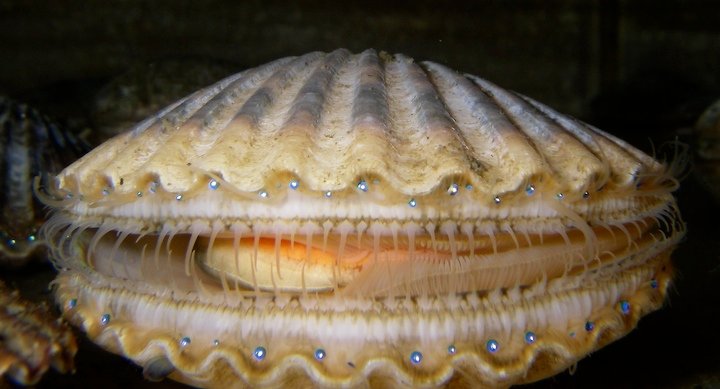
Scallops may be the headline makers: along their mantle edge sit dozens to hundreds of deep-blue eyes, each using a mirror made of stacked crystals to form images on layered retinas. These mirrors reflect and focus light, letting the animal spot moving edges and looming shapes – enough to time a rapid, jet-like escape. Nearby, a chiton – a slow grazer armored like a living cobblestone – carries hundreds of microscopic lenses embedded in its shell plates, turning defense into detection.
Those lenses are made of aragonite, the very mineral of its armor, arranged to focus light onto photoreceptors below; it’s like having security cameras built right into your front door. Together, scallops and chitons prove that eyes need not be soft or centralized; they can be modular, mineralized, and everywhere you need them. Evolution, here, looks less like a blueprint and more like a workshop full of clever hacks.
Edge Cases in Evolution
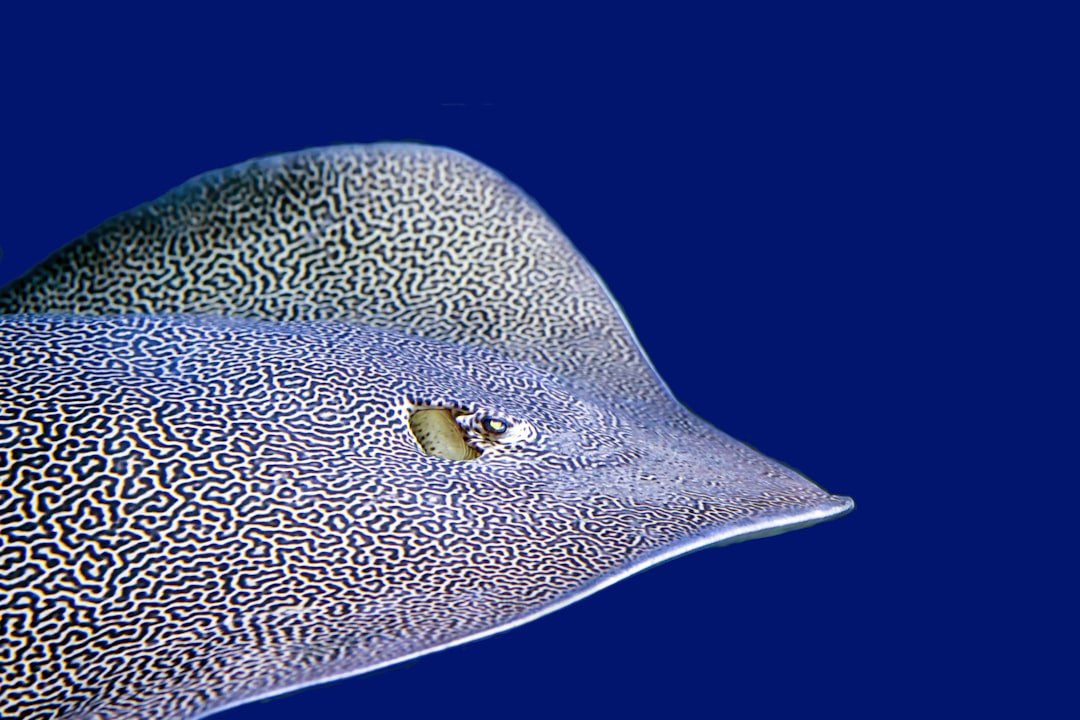
Flatfish such as flounders stage one of biology’s boldest remodels: during metamorphosis, one eye migrates across the skull until both sit on the same side, optimizing life pancaked against the seabed. That change is hormonally choreographed, rewiring balance systems and depth cues so a fish that once swam upright can vanish into sediment with binocular surveillance above. Hammerhead sharks take the opposite path, spreading their eyes to the far ends of a wide cephalofoil, which expands field of view and improves stereo vision for tracking prey in three dimensions.
Land snails add a terrestrial twist with eyes at the tips of retractable tentacles, a flexible, regenerable setup that keeps sensors high while the body stays low and safe. Each strategy shows evolution’s willingness to trade symmetry or elegance for vantage point, extending the “where” of vision as much as the “how.”
The Underwater Perimeter
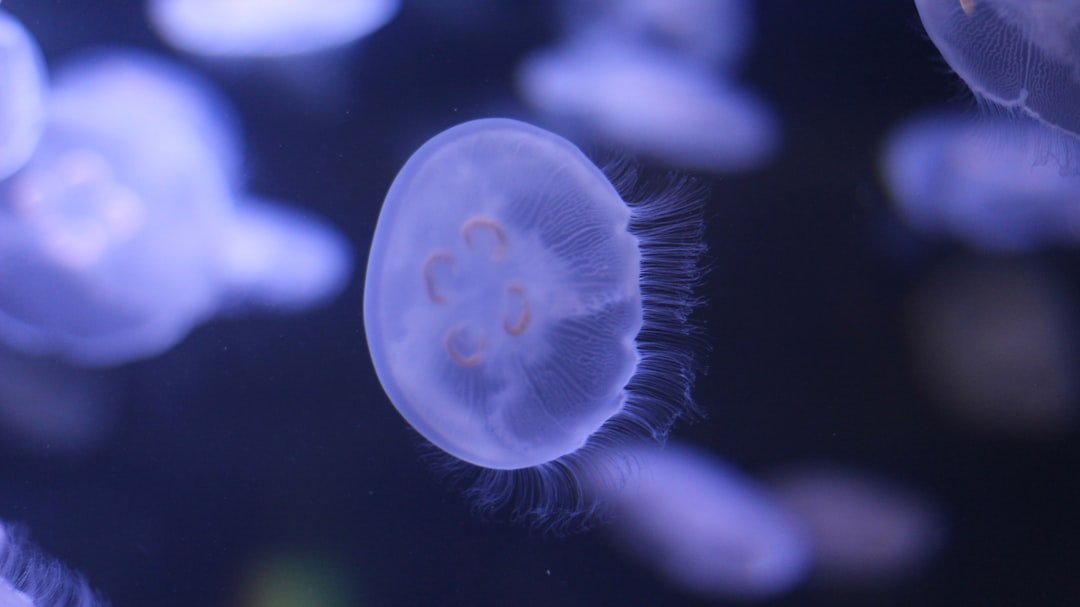
Box jellyfish in mangrove lagoons carry four sensory hubs called rhopalia, each equipped with multiple eye types, including lens-bearing organs capable of forming images good enough to avoid obstacles and chase sunlit corridors. Giant clams stud their mantles with hundreds to thousands of tiny eyes that detect movement and darkening; when a shadow passes, the mantle withdraws, reducing the target area for potential predators. Sea urchins lack obvious eyes, yet their skin hosts dispersed photoreceptors that, together with pigment shading, grant crude spatial vision – sufficient to orient spines toward threatening shapes. Horseshoe crabs pile on with a suite of eyes: big compound eyes on the carapace, median eyes on the top, and additional photoreceptors underneath, creating a panoramic early-warning system.
In reefs, shallows, and surf zones where clarity changes by the heartbeat, perimeter vision beats high-definition; survival hinges on noticing that something is moving, not what brand of predator it is.
Global Perspectives
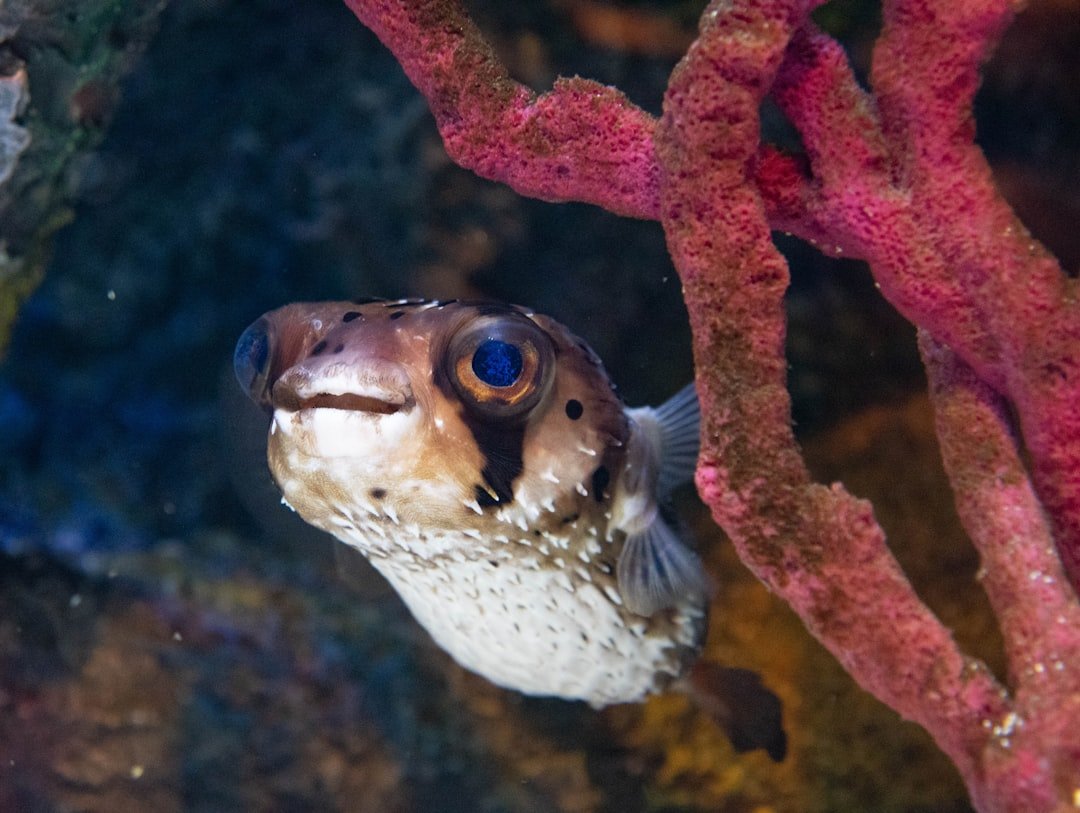
These animals span tropical mangroves, temperate seagrass beds, rocky intertidal zones, and suburban gardens, reminding us that unconventional eyes are not niche curiosities but mainstream solutions. Fisheries encounter flounders whose odd gaze sustains livelihoods, while reef tourism depends on scallops, clams, and urchins whose visual alarms influence behavior and habitat use. Conservation managers factor in how turbidity from coastal development affects light cues that these species rely on, altering feeding times, spawning, or predator avoidance.
Even the humble garden snail shapes pest-control strategies, as its tentacle eyes and nocturnal habits inform when and how we intervene without collateral damage. The world’s waters and shores are effectively a laboratory where light, silt, and structure co-author the rulebook of seeing, and local policies can either preserve or scramble those rules.
Why It Matters
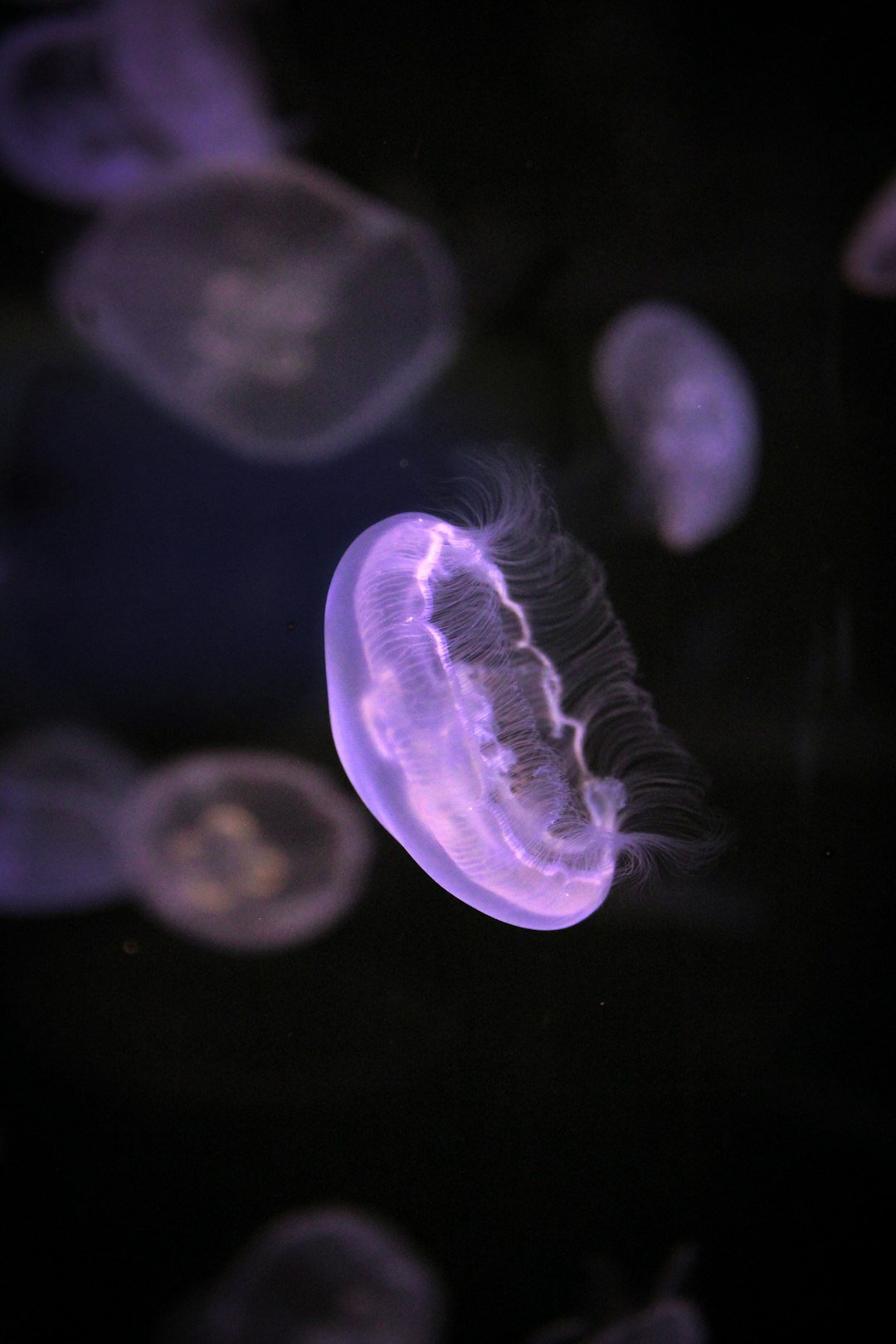
Traditional biology classes often spotlight the “camera eye,” but these nine species show that vision isn’t a single invention; it’s a toolkit of sensors tuned to specific risks. Distributed eyes reduce the chance of catastrophic failure – lose one, and dozens remain – while offbeat placements open unique fields of view that centralized systems can’t match. For engineers, the lesson is crisp: many real-world tasks don’t need perfect images, they need robust detection of edges, flicker, and motion, the very things scallops, clams, and urchins excel at.
In robotics, this translates to arrays of simple sensors stitched into skins or shells, trading megapixels for reliability in smoke, fog, or underwater glare. Ecologically, the stakes are high, because light pollution and water clouding can derail these fine-tuned circuits, muting shadow cues that trigger escape or feeding. Understanding why these eyes exist helps us predict how they’ll fare as coastlines brighten and seas grow murkier.
The Future Landscape
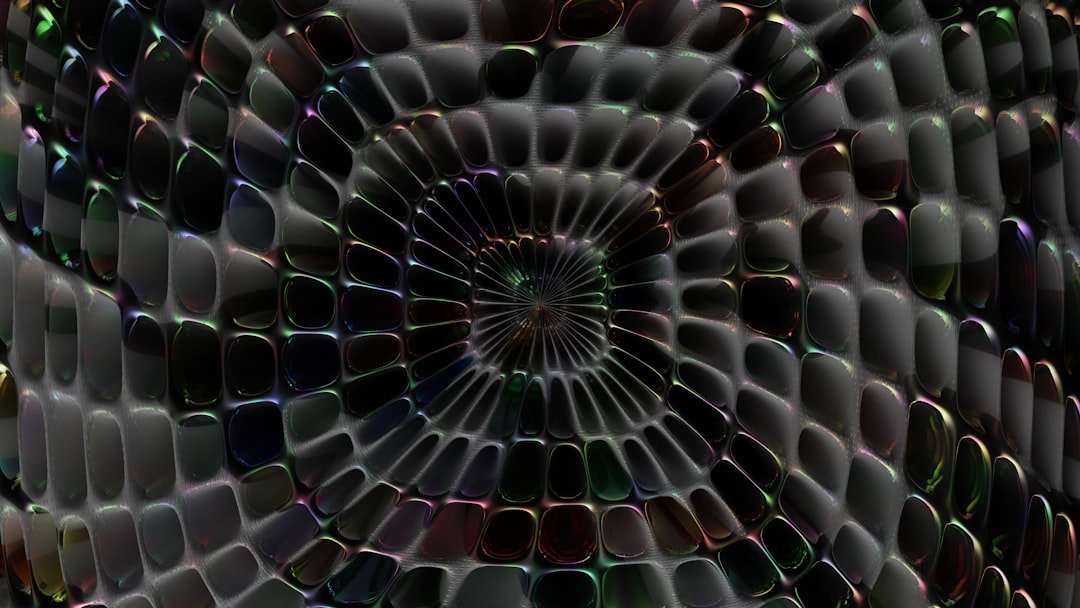
Expect bio-inspired optics to borrow from the sea: mirror-based imagers modeled on scallops for ultra-thin cameras, mineral lens concepts echoing chitons for durable sensors, and panoramic multi-eye rigs nodding to hammerheads for autonomous vehicles. Flexible photodiode skins could mimic sea urchin vision, wrapping drones or underwater gliders in low-resolution awareness that spots threats without heavy processing. Genetic and neural mapping will clarify how simple photoreceptors integrate into useful “pictures,” guiding therapies for degenerative eye conditions where motion detection might be restored before fine detail. Field experiments, using controlled lighting and turbidity, will test thresholds that trigger clam closures or jellyfish navigation, turning quirky anecdotes into predictive models.
The challenge is ethical and practical: deploy new lighting standards, regulate sediment runoff, and ensure coastal tech doesn’t blind the very species we study for insight.
Conclusion
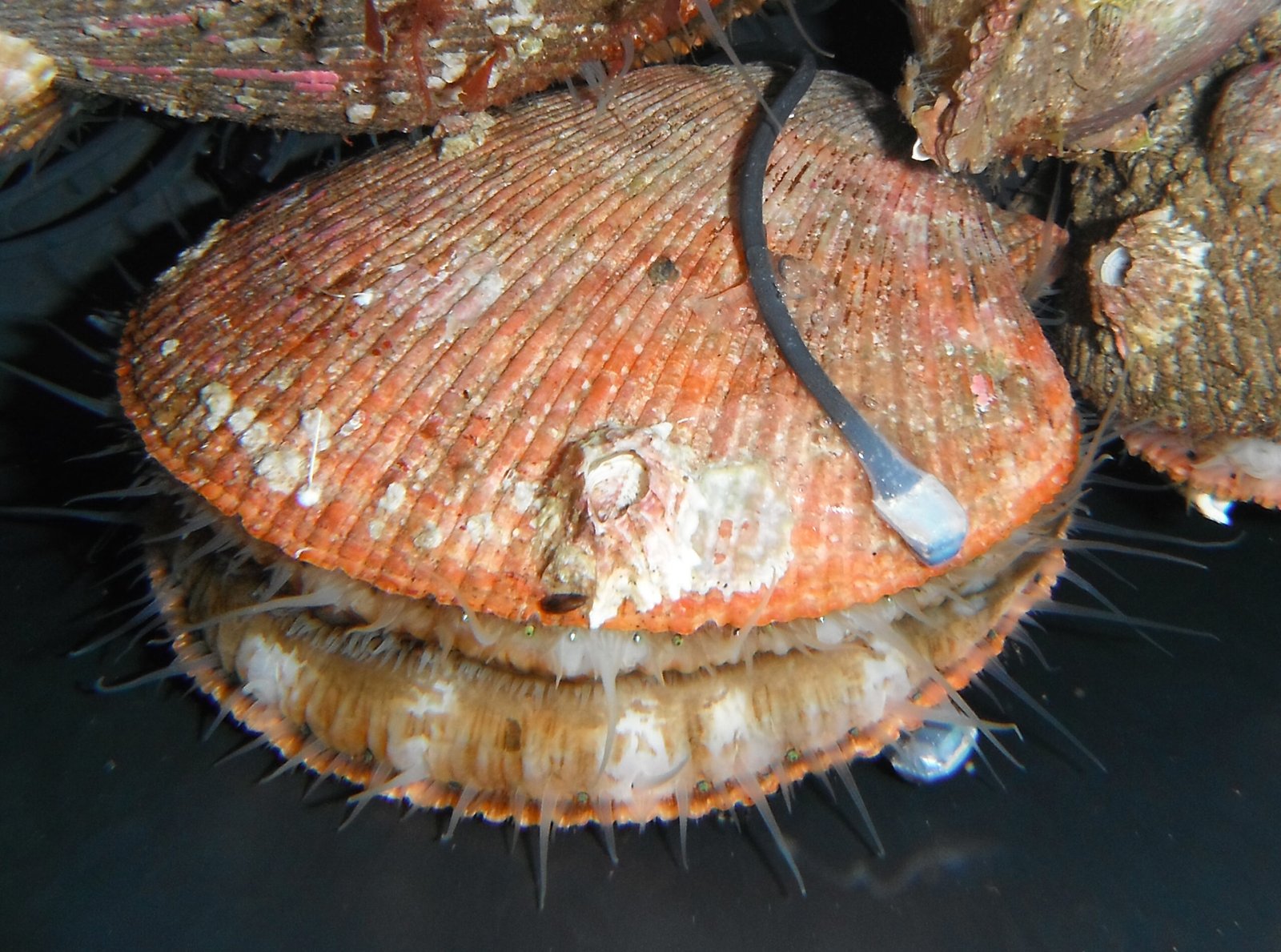
Support reef-safe coastal policies that keep waters clear enough for shadow and contrast cues to work, and advocate for lighting ordinances that dim shorelines at night. If you’re near coasts, join community science counts for urchins, clams, and scallops, providing the long-term data scientists need to link behavior with changing light. Gardeners can reduce pesticide use and create snail-safe zones that favor manual control over chemicals, keeping ecosystems in balance while respecting the clever optics on those tentacle tips.
Educators and parents can spark curiosity with simple experiments – shadows over clam tanks, polarized sunglasses on tidepool walks – so kids see how light drives behavior. Museum memberships and donations to marine labs directly fund the imaging, modeling, and field trials that decode these extraordinary eyes.

Suhail Ahmed is a passionate digital professional and nature enthusiast with over 8 years of experience in content strategy, SEO, web development, and digital operations. Alongside his freelance journey, Suhail actively contributes to nature and wildlife platforms like Discover Wildlife, where he channels his curiosity for the planet into engaging, educational storytelling.
With a strong background in managing digital ecosystems — from ecommerce stores and WordPress websites to social media and automation — Suhail merges technical precision with creative insight. His content reflects a rare balance: SEO-friendly yet deeply human, data-informed yet emotionally resonant.
Driven by a love for discovery and storytelling, Suhail believes in using digital platforms to amplify causes that matter — especially those protecting Earth’s biodiversity and inspiring sustainable living. Whether he’s managing online projects or crafting wildlife content, his goal remains the same: to inform, inspire, and leave a positive digital footprint.




